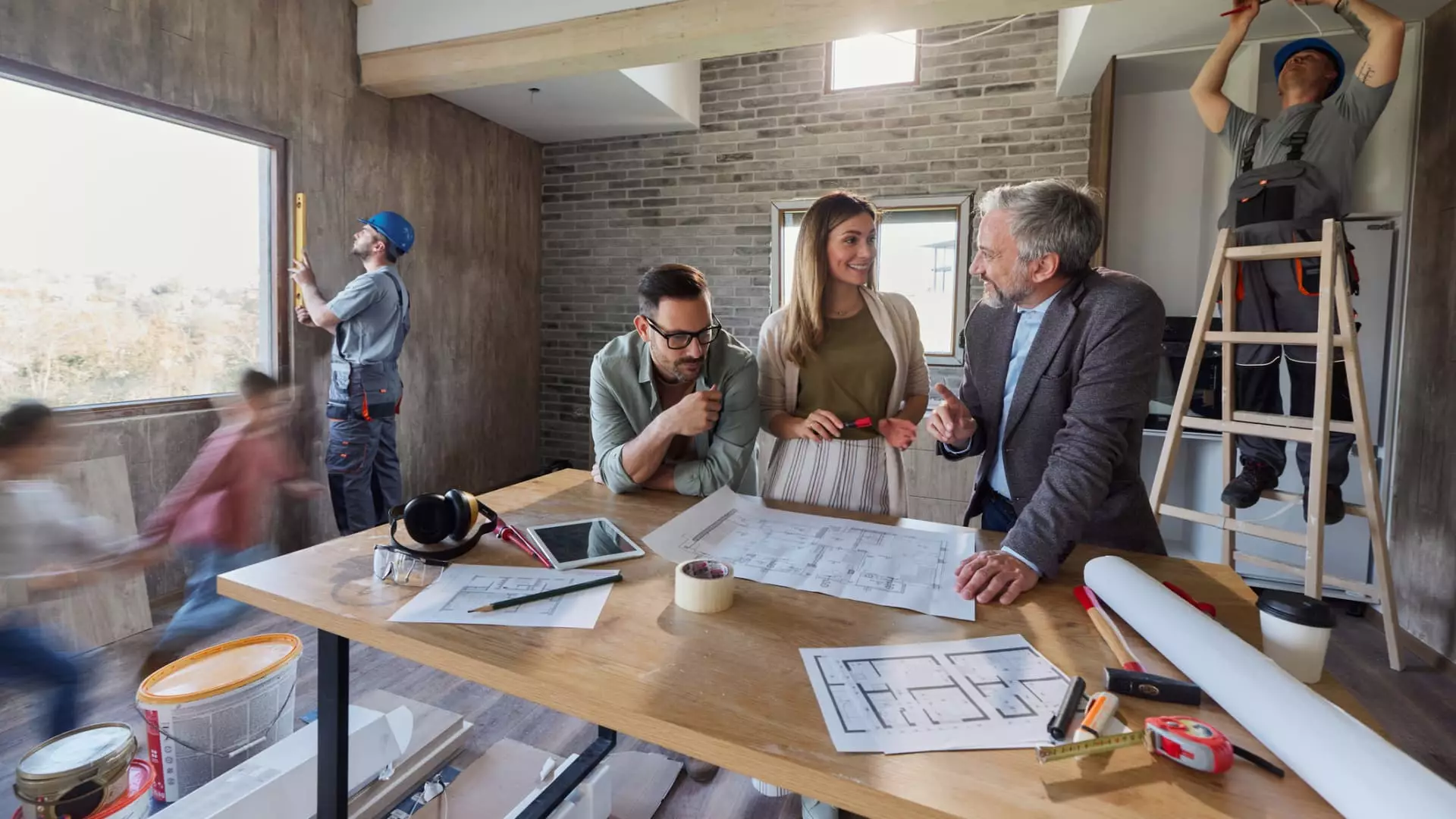Recent data indicates a decrease in the number of homeowners taking on remodeling projects. However, this decline should not be mistaken for a slow market. The Leading Indicator of Remodeling Activity (LIRA) reached its peak at 17.3% in the third quarter of 2022 but has been steadily decreasing since. Similarly, the NAHB/Westlake Royal Remodeling Market Index, which measures remodelers’ sentiment about the market, has also shown a decline. Despite this downward trend, the RMI is still in a favorable territory, with more remodelers viewing the conditions as “good” rather than “poor.”
The Covid-19 pandemic brought about a surge in home renovation activities as homeowners sought to improve the spaces they were spending more time in. The demand for remodeling remained strong, particularly among customers who could afford to finance their projects at current interest rates. The pandemic also led to increased savings for some individuals, thanks to stimulus checks and restricted spending during lockdowns. As a result, many homeowners redirected these savings towards home improvements and remodels.
While homeowners are currently undertaking fewer and smaller remodels, the average spending per project has increased. This rise in spending can be attributed to broader inflation trends and higher costs for materials and construction labor. According to a survey conducted by Angi, homeowners spent an average of $9,542 on home improvements in 2023, representing a 12% increase from the previous year. However, the number of projects decreased from an average of 3.2 in 2022 to 2.8 in 2023, suggesting that inflation may have impacted household budgets.
Despite the dip in remodeling activity, experts predict that demand for home improvement projects will continue to remain steady. Factors such as homeowners living in their properties for longer durations and the aging housing stock in the U.S. are expected to drive the need for ongoing investments in property upkeep. As of 2024, the average homeowner tenure in their home is approximately 11.9 years, nearly double the figure recorded in 2005. Additionally, the aging-in-place trend among baby boomers has led to a rise in “aging-in-place remodeling” projects that focus on enhancing energy efficiency and safety features within homes.
The median age of all owned homes in the U.S. is currently 41 years, indicating that a significant portion of the existing housing stock is aging. This aging housing market requires continuous investment to ensure that properties remain safe and efficient. With a majority of homes built in the 1980s or earlier, there is a growing need for remodeling and renovation projects to address structural and aesthetic issues. The lack of new housing construction in recent years has further emphasized the importance of investing in the maintenance and improvement of existing properties.
While the remodeling market is experiencing a decline in overall activity, there are underlying factors such as changing consumer spending patterns and the aging housing stock that continue to drive demand for home improvement projects. As homeowners seek to enhance the comfort, functionality, and value of their properties, the remodeling industry is poised to adapt and evolve to meet these evolving needs.

Leave a Reply